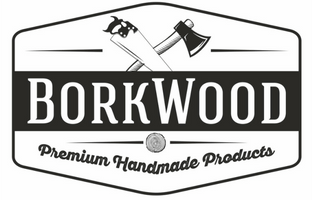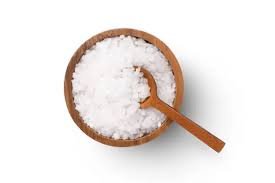Acetatas: Easy Guide to Meaning and Uses
The word Acetatas has two main meanings:
-
In chemistry, it is the acetate ion (CH₃COO⁻) and its salts or esters.
-
In materials, it usually means cellulose acetate, a plastic-like product made from plants.
Both are linked. One is the small chemical part, the other is the material we use in daily life.
1. Acetate in Chemistry
-
Formula: CH₃COO⁻
-
Comes from: acetic acid (the acid in vinegar).
-
Forms:
-
Salts → sodium acetate, potassium acetate.
-
Esters → methyl acetate, ethyl acetate, cellulose acetate.
-
-
Uses:
-
Helps control pH in labs (buffer).
-
Works as a solvent in paints and coatings.
-
Used to make other chemicals.
-
Read also: HCOOCH CH2 H2O
2. Cellulose Acetate
Most people mean cellulose acetate when they say “acetate.”
-
Source: natural cellulose from cotton or wood pulp.
-
Process: treated with acetic anhydride in a reaction called acetylation.
-
Types:
-
Diacetate → partly changed cellulose.
-
Triacetate → more changed, stronger, heat resistant.
-
This turns natural cellulose into a shiny, smooth, and safe material.
3. Properties of Cellulose Acetate
| Property | Simple Description |
|---|---|
| Look | Shiny or matte; many colors possible |
| Weight | Light but still strong |
| Safety | Safe for skin, non-toxic, not easy to burn |
| Resistance | Stays stable under light and some heat |
| Processing | Can be molded, rolled, or made flexible |
4. Common Uses
Cellulose acetate is used in many products:
-
Eyewear
-
Eyeglass frames.
-
Many colors, textures, and finishes.
-
-
Clothing
-
Smooth shiny fabrics.
-
Jacket and coat linings.
-
-
Films and Packaging
-
Clear sheets for wrapping and laminates.
-
Used in old photo and movie films.
-
-
Filters and Membranes
-
Cleaning water (reverse osmosis).
-
Filters in labs.
-
-
Medicine
-
Tablet coatings.
-
Membranes for dialysis and drug release.
-
-
Cigarette Filters
-
Made with acetate fibers.
-
Harmful waste because they break down very slowly.
-
5. Bio-Acetate
Today many brands talk about bio-acetate.
-
Made from: cotton or wood.
-
Additives: natural plasticizers instead of oil-based ones.
-
Benefits:
-
Kinder to the environment.
-
Breaks down faster than normal plastics.
-
Still, problems remain. Cigarette filters made of acetate are a big pollution source.
6. How It Is Made
Steps to make cellulose acetate:
-
Get cellulose – from cotton or wood.
-
React – treat cellulose with acetic anhydride.
-
Add plasticizers – to make it flexible.
-
Shape – extrude, mold, or roll into sheets.
-
Finish – polish, cut, and color.
| Step | Action | Notes |
|---|---|---|
| Acetylation | Cellulose reacts with acid | Catalyst is used |
| Extrusion | Material pushed through die | About 200 °C |
| Calendering | Rolled into thin sheets | Thickness controlled |
| Finishing | Cut, colored, polished | Frames, sheets, or films |
7. Safety and Rules
-
Seen as safe for people.
-
Used in food wrapping, clothes, and medicine.
-
Listed in official chemical records.
-
Makers often promote it as natural and safe.
8. Good and Bad Points
Good things about acetate:
-
Comes from plants, not oil.
-
Safe and gentle for skin.
-
Looks stylish (colors, shine).
-
Works in many industries.
Bad things about acetate:
-
Not as strong as polyester in fabrics.
-
Cigarette filters make a lot of waste.
-
Does not always break down fully in nature.
Conclusion
Acetatas can mean two things:
-
A chemical ion used in labs and reactions.
-
A material (cellulose acetate) used in fashion, medicine, packaging, and more.
It is light, safe, and looks good, which makes it popular. Today, with bio-acetate, it is also part of the move to eco-friendly plastics.
Acetate shows how a simple chemical idea can grow into many products we see every day.

